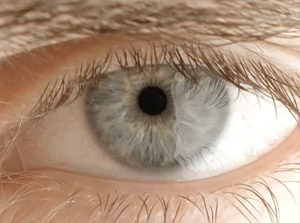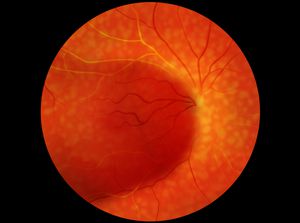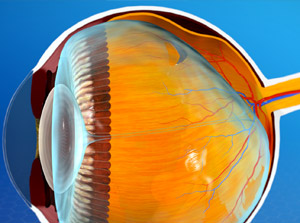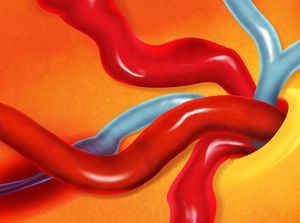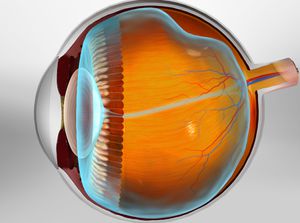Conditions Treated
As a retina specialist, Dr. Alhabshan specializes in ophthalmology and sub-specializes in diseases and surgery of the retina, vitreous and macula. To learn more about many of the conditions treated by Dr. Alhabshan, choose a video topic below.
In addition to the conditions highlighted in the videos above, Dr. Alhabshan diagnoses and treats the following conditions of the retina, vitreous, and macula. Learn more about each by visiting the links to the American Academy of Ophthalmology provided below.
Additional Macular Conditions
Central Serous Retinopathy (CSR)
Central serous choroidopathy is a disease that causes fluid to build up under the retina. The fluid leaks from the blood vessel layer under the retina called the choroid.
Macular Edema
Macular edema is a condition that occurs when fluid builds up in the macula and causes swelling. The fluid is usually leakage from damaged blood vessels, and the swelling distorts vision, making things look blurry and colors look washed out.
Macular Hole
A macular hole is a rare eye condition that can blur the central vision you use to do everyday tasks like driving or reading. Macular holes happen when an opening forms in the macula - usually after being stretched or pulled. Most macular holes form because of changes in the eye that happen as you age.
Macular Pucker
A macular pucker is a rare eye condition that can make your vision wavy or distorted. In some people, a membrane forms on the surface of the retina. This membrane can create wrinkles or "puckers." If the membrane forms over a part of the retina called the macula, it can cause a macular pucker.
Vitreomacular Traction (VMT)
The middle of the eye is filled with a substance called vitreous. In the healthy eye, vitreous is firmly attached to the retina and the macula by millions of microscopic fibers. As the vitreous shrinks and pulls away from the retina, it can completely separate from the retina. Vitreomacular traction is caused when part of the vitreous remaining stuck to the macula during a posterior vitreous detachment.
Macular Telangiectasia
Macular telangiectasia is a disease caused by abnormal blood flow around the center part of the macula called the fovea.
Additional Retinal Conditions
Lattice Degeneration
The thinning of the retina over time is called lattice degeneration. Because the retina is thin, it may be more likely to tear, break, or have holes.
Central Retinal Artery Occlusion (CRAO)
Central retinal artery occlusion is a blockage in the central artery that carry blood to the retina.
Retinitis Pigmentosa
Retinitis pigmentosa is a group of related eye disorders that cause progressive vision loss. In people with retinitis pigmentosa, vision loss occurs as the light-sensing cells of the retina gradually deteriorate.

